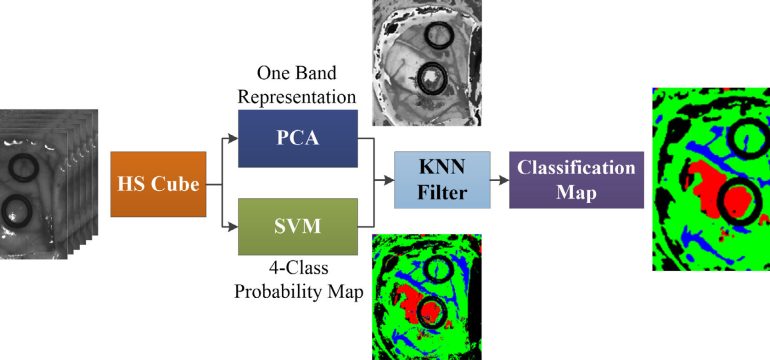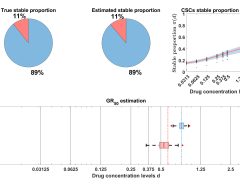Authors: Raquel Lazcano, Daniel Madroñal, Giordana Florimbi, Jaime Sancho, Sergio Sanchez, Raquel Leon, Himar Fabelo, Samuel Ortega, Emanuele Torti, Ruben Salvador, Margarita Marrero-Martin, Francesco Leporati, Eduardo Juarez, Gustavo M Callico, Cesar Sanz
Published on: March 28, 2024
Impact Score: 7.4
Arxiv code: Arxiv:2404.10631
Summary
- What is new: Comparison of the performance of five different High-Performance-Computing platforms in processing HS images for medical diagnosis, focusing on neurosurgical and dermatological applications.
- Why this is important: The challenge of delivering real-time boundary information in HS medical images due to the large volume of data.
- What the research proposes: Utilizing various HPC platforms to process and classify HS images efficiently, catering to specific needs of neurosurgical and dermatological applications.
- Results: Identified the most suitable HPC platforms for neurosurgical applications prioritizing processing time, and for dermatological applications where energy efficiency is crucial.
Technical Details
Technological frameworks used: Spatial-spectral approach for HS image classification
Models used: Comparison models for neurosurgical and dermatological HS image analysis
Data used: HS images from neurosurgical operations and dermatological interventions
Potential Impact
Medical imaging companies, surgical equipment manufacturers, and dermatological device companies could benefit from these insights by integrating efficient HS imaging processing capabilities.
Want to implement this idea in a business?
We have generated a startup concept here: SpectraScan.



Leave a Reply